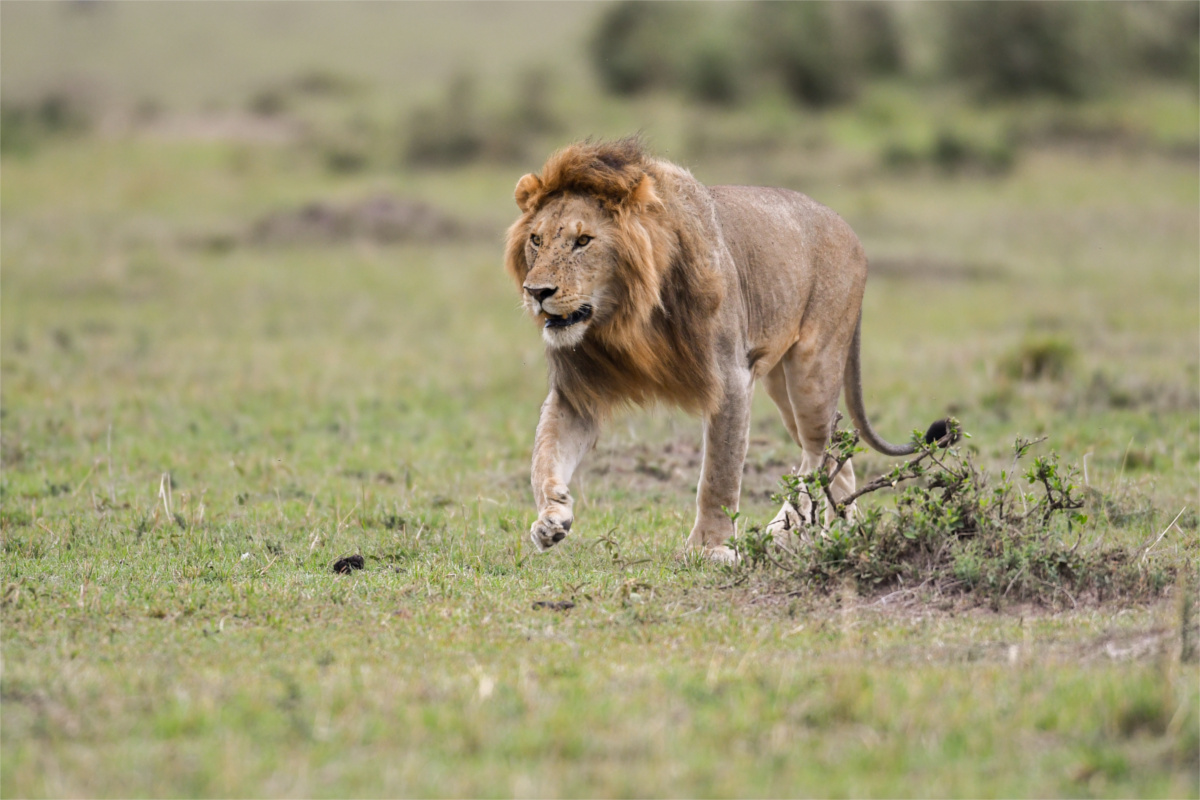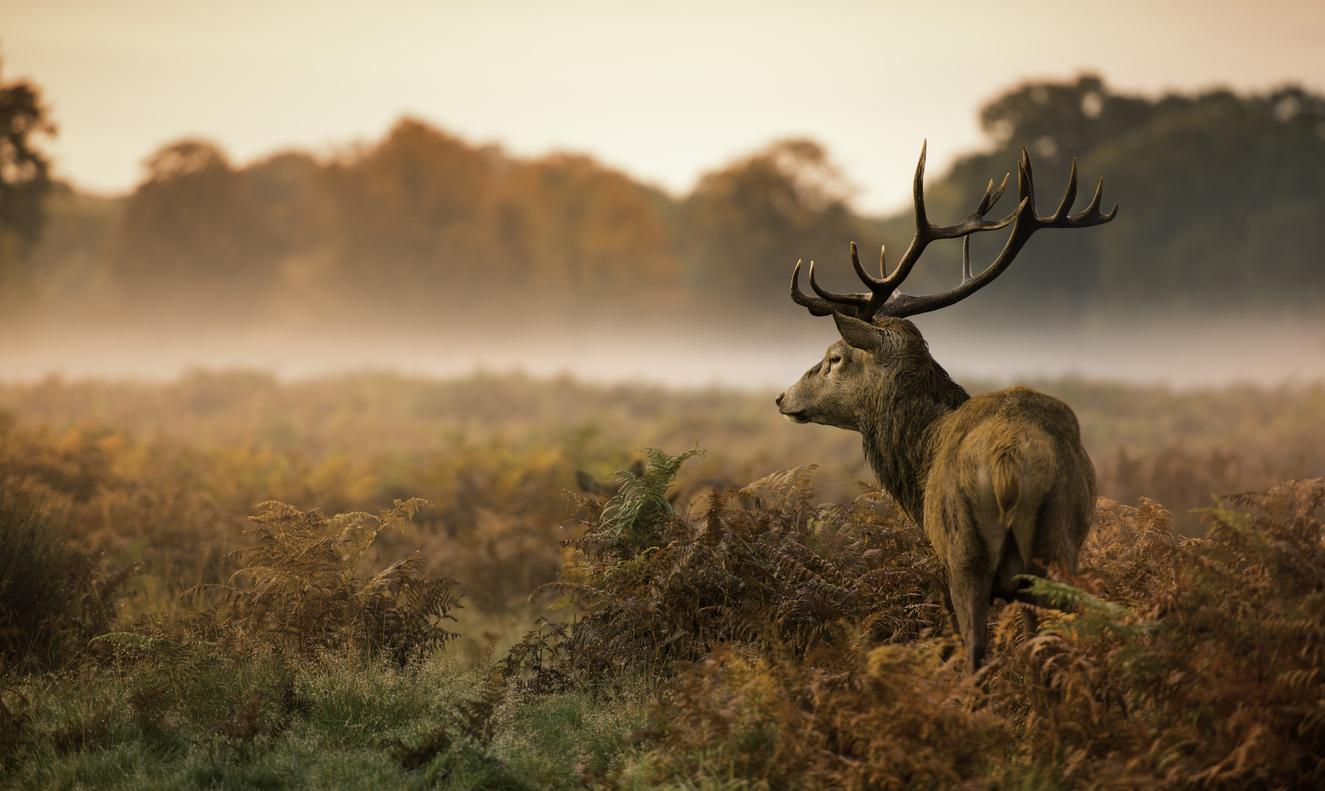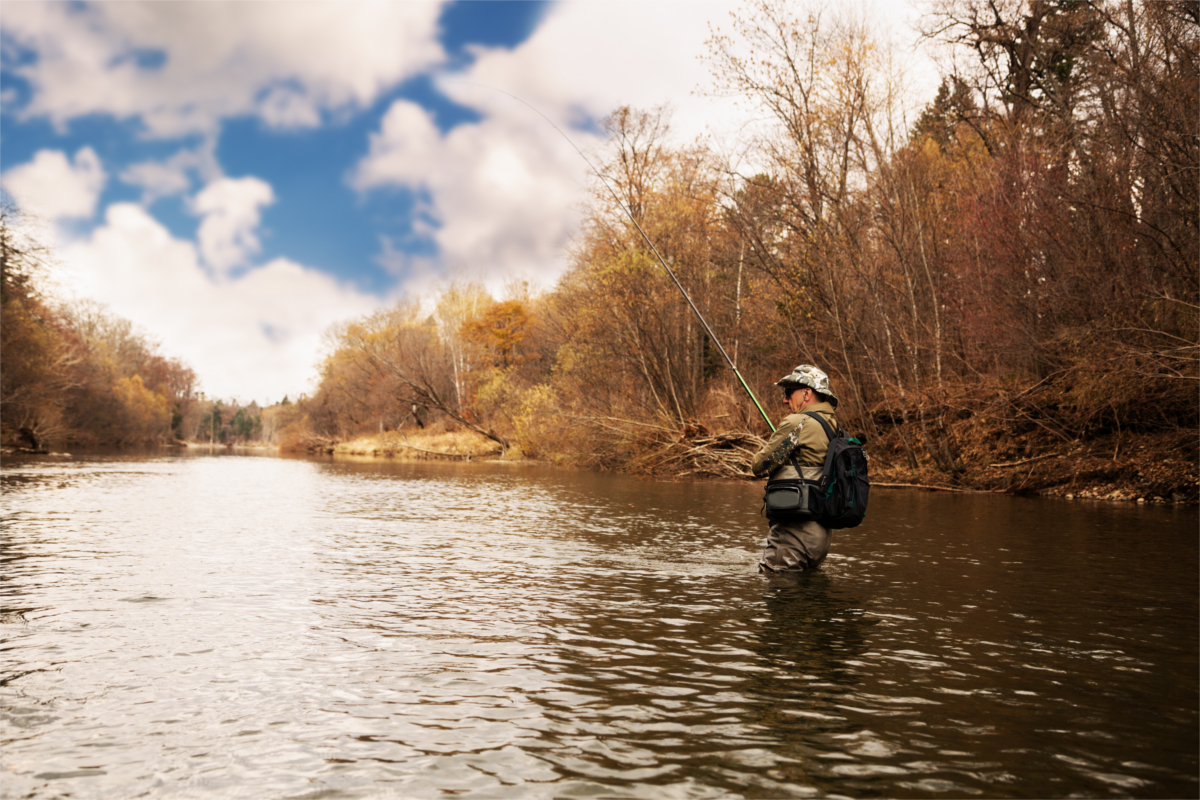Outdoor Photography: 9 Tips and Tactics
by Kendal Doerksen
I would not consider myself an expert photographer, in fact I am far from one, but these are some of the techniques and tactics I have used to capture better images.
About two years ago I decided to pick up a DSLR camera and bring it along with me on my hunts. Since then I have begun to invest more and more time into capturing my outdoor adventures. I would not consider myself an expert photographer, in fact I am far from one, but these are some of the techniques and tactics I have used to capture better images.
Lighting
Using natural light to your advantage can be tricky at times as it depends on many different weather factors. Many people take a picture wherever it is convenient for them to do so without considering the position of the sun. When taking a photo, avoid direct lighting on the subject. If the sun is behind you and is shining directly into someone’s face, this will take away any contrast in your shadows and highlights. Instead, you should try to have the light coming from behind or the side of the subject. If it is the middle of the day and the sun is directly overhead, you should seek a shaded area which will provide a less harsh lighting situation. As you begin to take more and more photos you will begin to understand the situation which you believe produces your best photos.
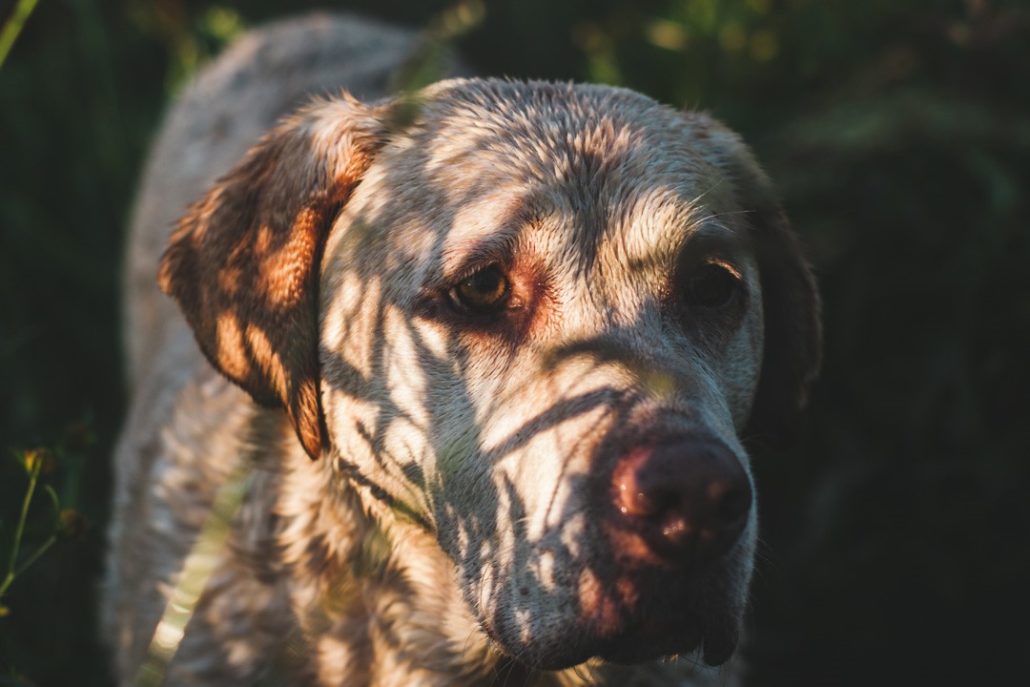
Golden Hour
Always, always, always take advantage of the first and last hours of light during a day. The light produced by the sun during these times is much softer and produces much warmer tones. I often avoid shooting during the middle parts of the day but as soon as we near the last hour or two of light, my camera is always at the ready. Sometimes during this time of day it can feel like it is impossible to take a bad photo. So start taking advantage of early mornings and later evenings.
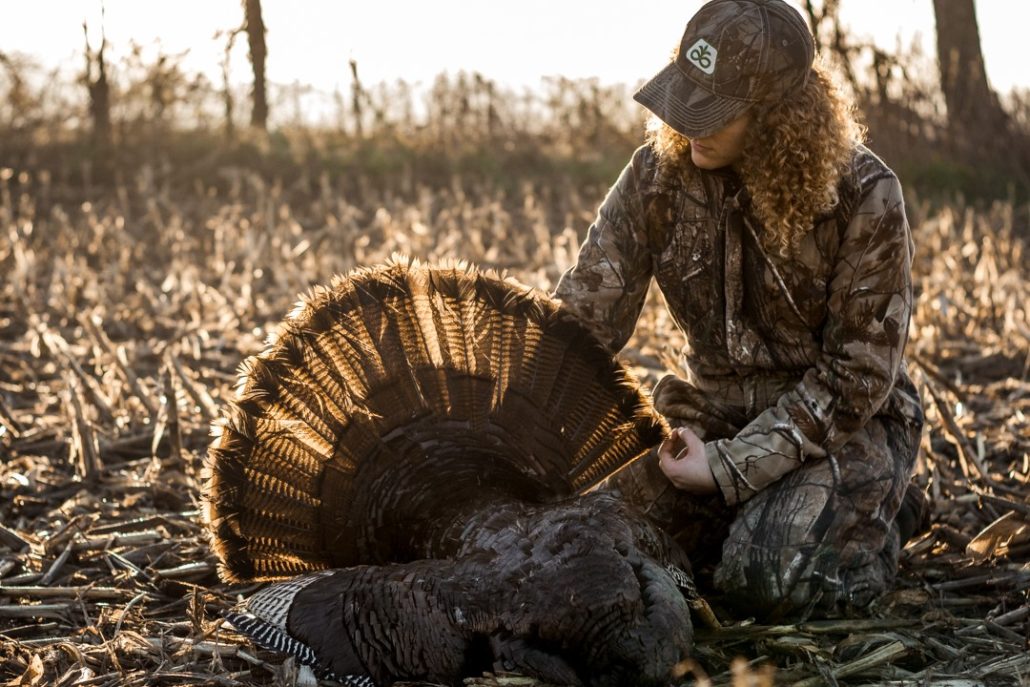
Changing Your Angle
If you want your photos to stand out, it may be helpful to change the angle from which you are shooting. It is safe to say that most pictures are shot from a standing position at eye level with the subject. You can definitely take great pictures from this position but shooting from a different angle may produce a more creative image. If you are not afraid to get a little dirty, try laying on the ground and shooting up at the subject. Shooting down on a subject from a higher positon can also yield great photos although it is not always as practical as simply lying on the ground. If you are in the middle of a photoshoot, take a moment and look around for different angles of shooting which you may be able to take advantage of. Creativity is the name of the game.
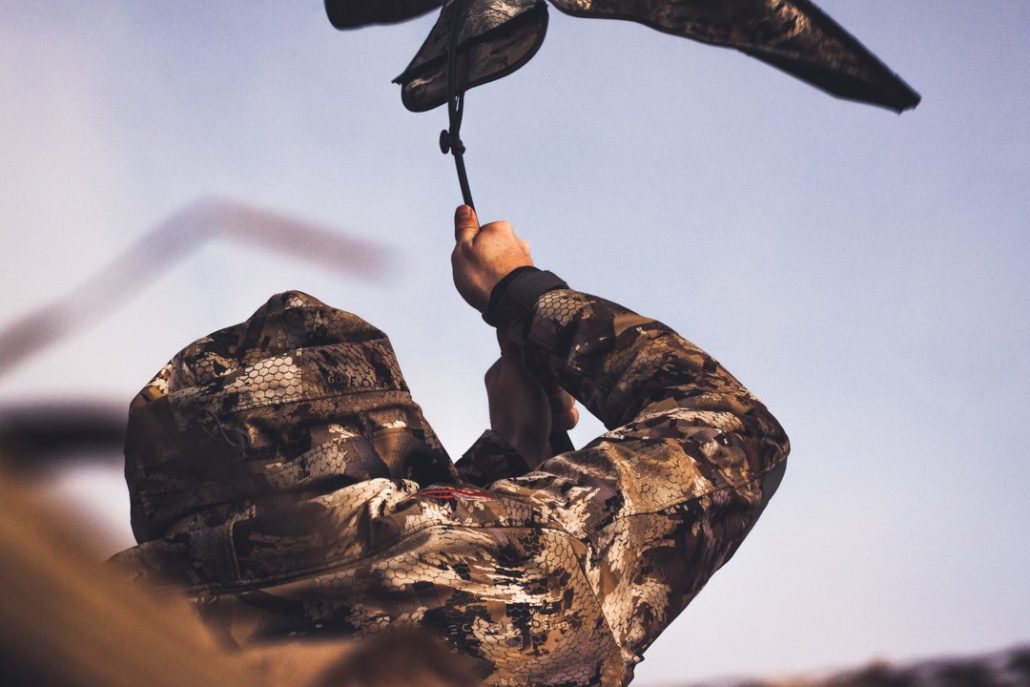
Composition
Composition is defined as the framing and placement of all visual elements within an image. There are two main composition methods that you should learn to use; center placement and rule of thirds. Center placement is quite simply placing the subject in the center of the image. Rule of thirds is when you take a photo and divide it into three even sections and then place your subject on one of the dividing lines (see photo below). I like to use center placement when the subject is facing me and the rule of thirds when the subject is facing perpendicular to the lens of my camera (like the picture below).
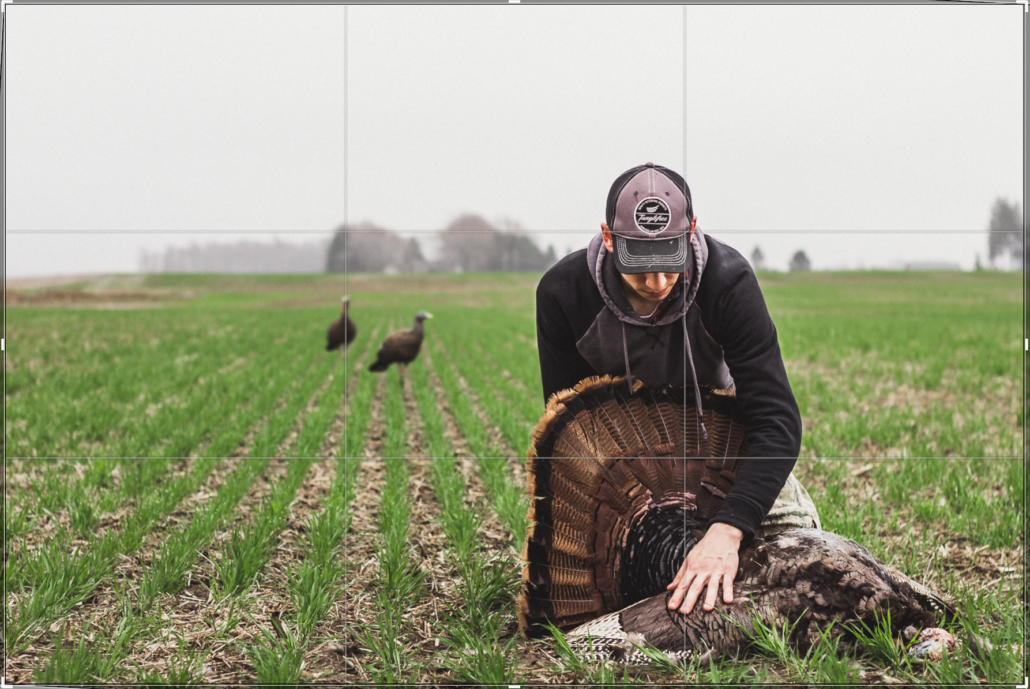
Use Negative Space
The term negative space refers to any area in a photo that is does not contain a subject or visual element. Placing a subject with negative space as the backdrop results in a simple and minimalist approach to photography. The subject of the photo is the only element that draws the viewer’s attention. Using negative space for black and white images can generate great results as the simplistic approach fits perfectly with the texture of a black and white photo.
About two years ago I decided to pick up a DSLR camera and bring it along with me on my hunts. Since then I have begun to invest more and more time into capturing my outdoor adventures. I would not consider myself an expert photographer, in fact I am far from one, but these are some of the techniques and tactics I have used to capture better images.
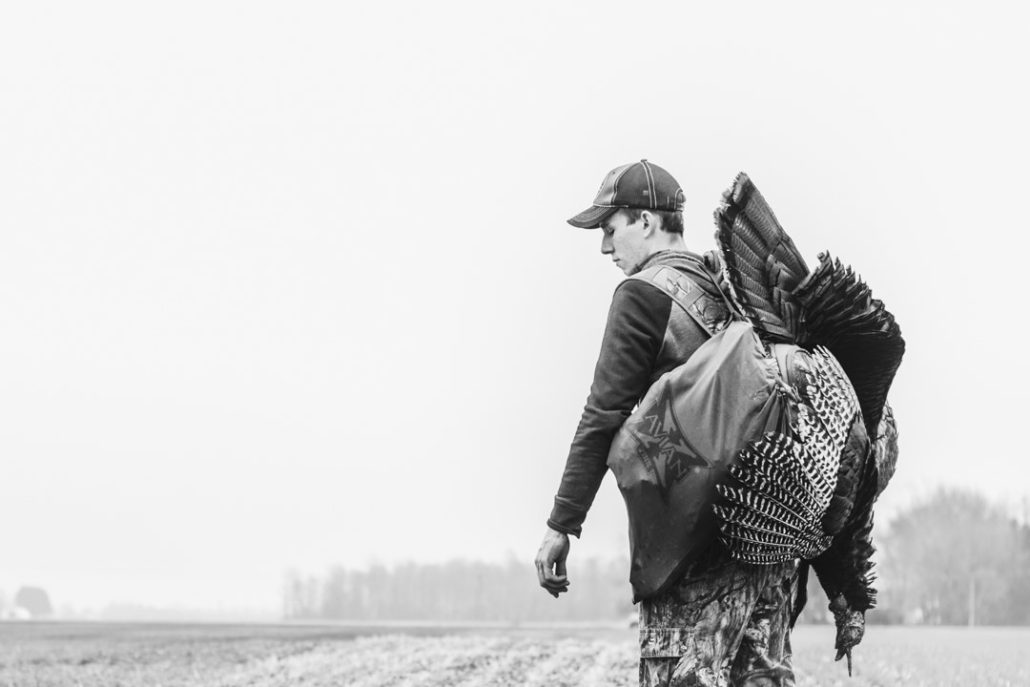
Shoot Through Element
Often when taking a photo, we think that the only thing within the frame of the photo should be the subject. However, placing out-of-focus elements in front of your lens can add depth to a photo. The picture below is from a photoshoot I did for a client who wanted pictures of his duck hunting dog. I noticed the dandelions near where we were shooting, laid on the ground with the dandelions in front of the lens and snapped the picture which was one of mine and my client’s favourite shots.
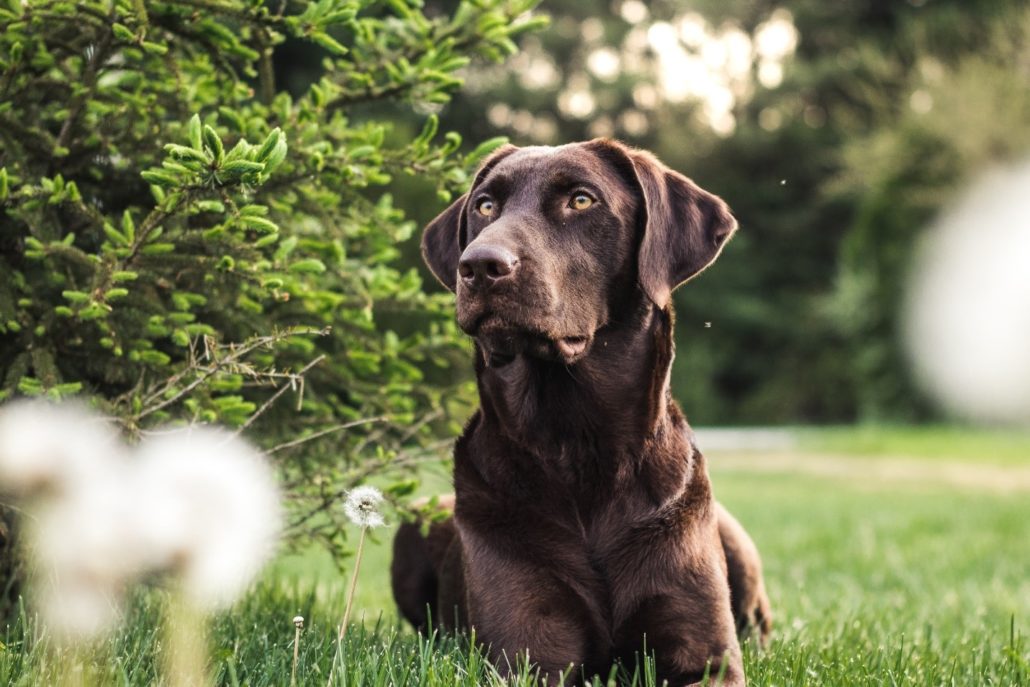
Natural Framing
Natural framing is the use of natural shapes and edges to frame a subject. The objects used as the frame can be anything from trees and branches to the frame of a boat. Framing is not limited to squares and rectangles but may include any shape that you can spot during a photoshoot. It is not a requirement that the “frame” is completely closed around the subject. A frame may simply be two trees with a subject between them. This tactic is one of the trickier ones for practical use, however, if you keep it in the back of your mind, you may remember to use it when a good opportunity arises.
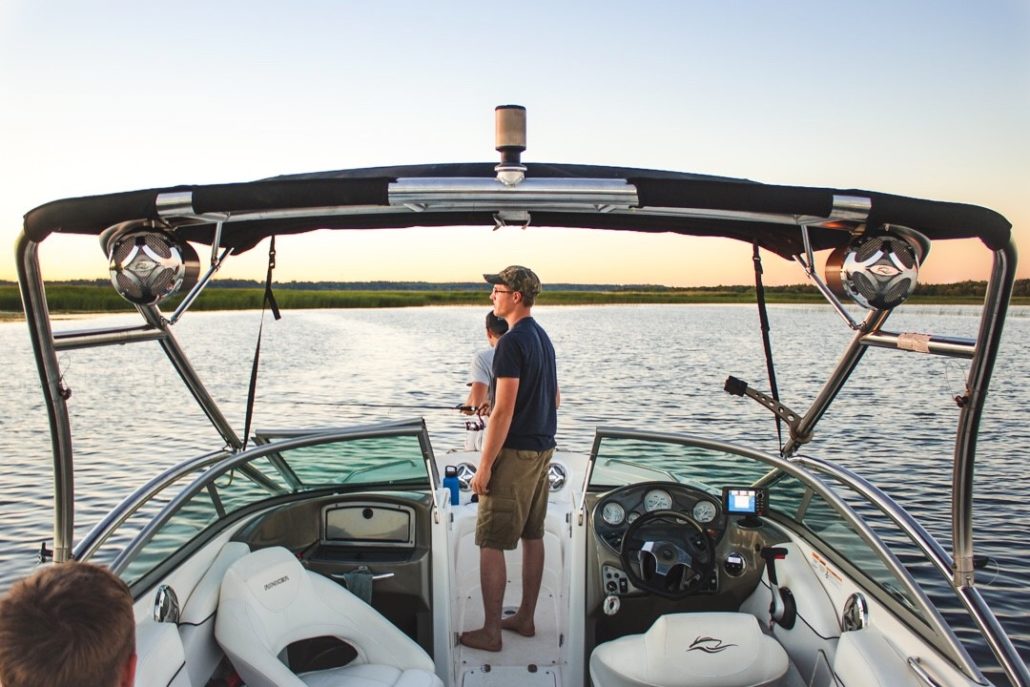
Leading Lines
The subject of an image is designed to be the most important element of your photo. One way to draw attention to said subject is through leading lines. Leading lines are edges in a picture that point towards the subject which is usually placed in the center of the image. The places I see the use of leading lines to be most useful are roads, trails, and pathways. In order to take advantage of these locations, I would recommend using a tactic that was mentioned previously; get low. This allows for a more gradual transition from foreground to the subject through the leading lines.
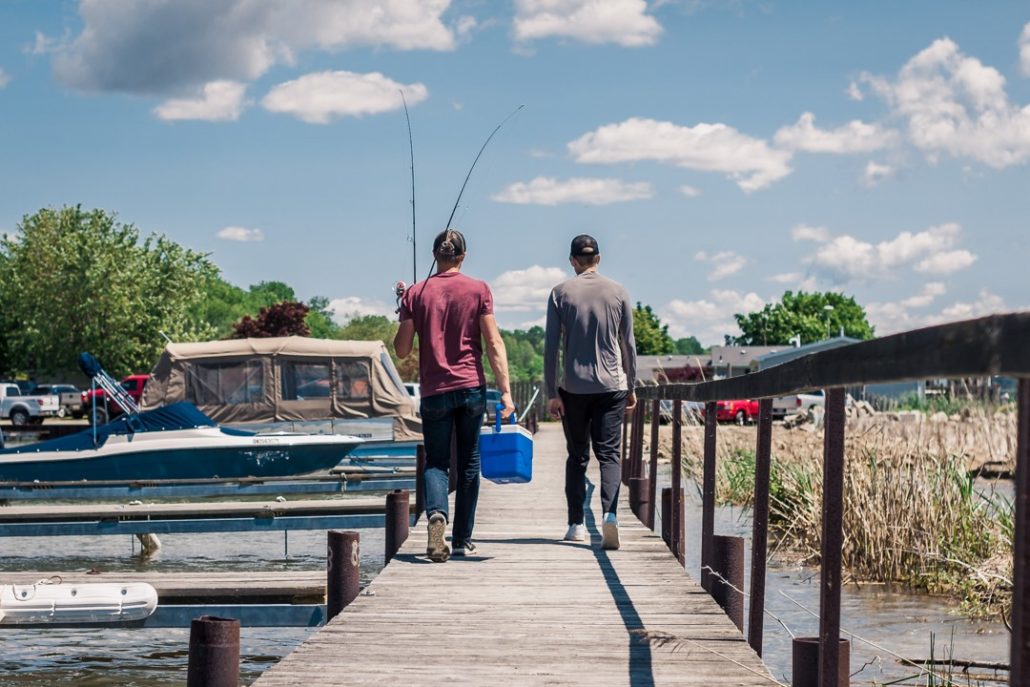
Break the Rules
All of these tactics that have been mentioned can definitely be used to produce great images but you do not need to limit yourself to only these strategies. In some cases, doing the exact opposite of what I have talked about may result in photos that you are happy with. Unless you are shooting on a film camera, you have the ability to take as many pictures as you want and delete photos at your own discretion. Being in the digital age of photography has given us the freedom of greater experimentation. Take advantage of every opportunity you get to use your camera and you will learn what fits in with your style. At the end of the day, capturing images of your hunting or fishing adventures should be fun.


